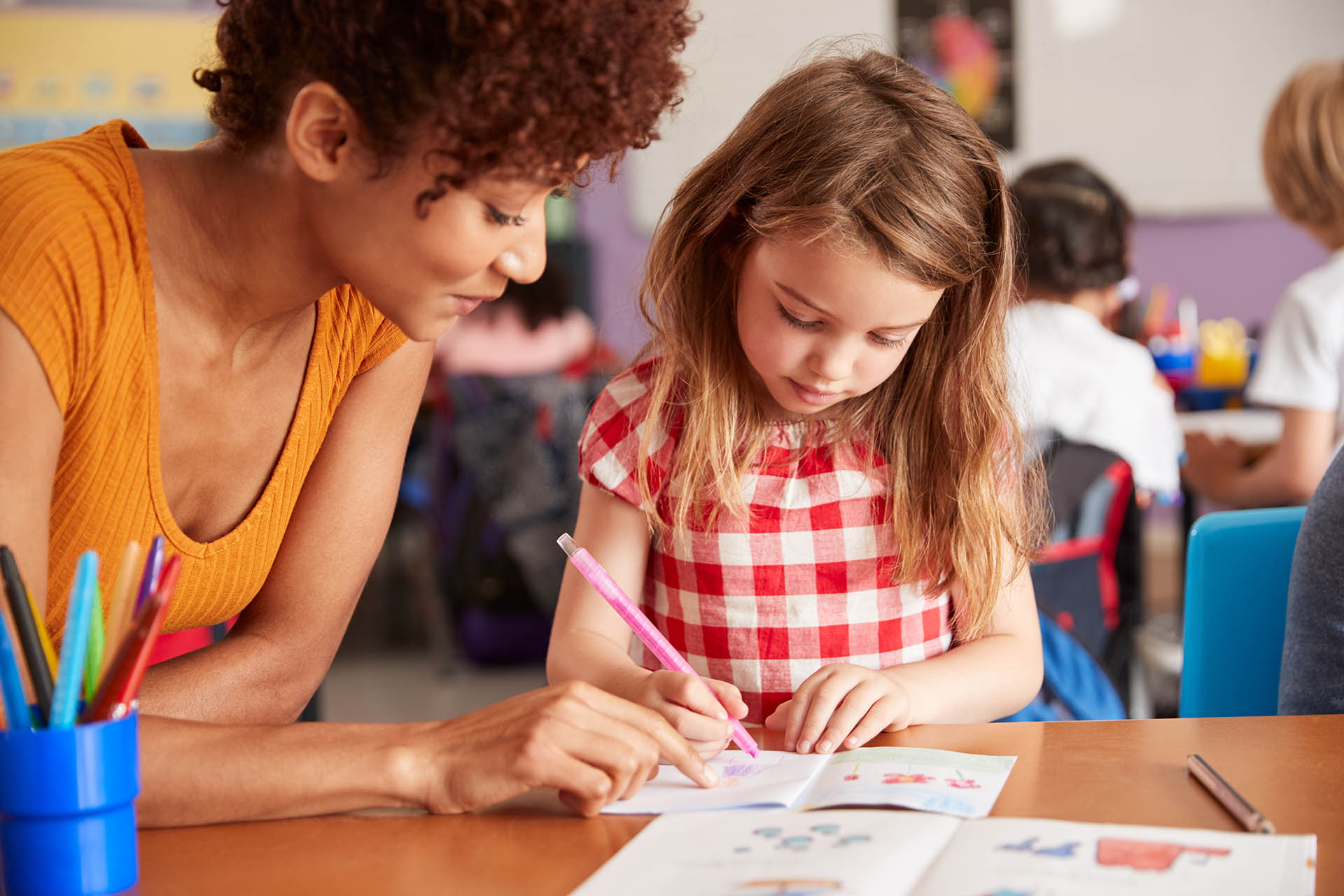By Tyler Lawrence, BCBA
How Does Autism Affect Social Skills in Children With Autism?
Autism can be described as a compound neurological disability that has been recognized in an increasing number of children. Within natural environments that include school and community settings, children diagnosed with autism (ASD) can have challenging effects on their ability to learn social rules, norms, and conventions. Social skills challenges may impact social interactions, integration, and learning in various environmental settings.
As a part of various therapies, including speech, applied behavior analysis, or occupational therapy, a child with autism can continue acquiring various social skills at any age. Practitioners can support children through interventions such as reinforcing appropriate interactions, modeling and providing practice, creating social situations with other peers, and talking them through various social scenarios with visual aids such as social stories.
Additionally, parents are a vital key to supporting their child with ASD and can support social skills interventions by playing simple games that can include: bouncing a ball back and forth, playing interactive games like “Simon Says”, as well as including social play with siblings or other peers.
What Challenges Do Children With Autism Face Socially?
Social impairment may be one of the most complex and subjective topics facing children with autism. As society changes, what is defined as a social norm can be combative for learners with autism depending on both social exposure and functioning levels.
Social skills can be defined within five categories: basic communication, empathy and rapport skills, interpersonal skills, problem-solving skills, and accountability. Individuals learn social skills as early as infant/toddler stages as they begin to observe the adults around them. Parents and guardians expose their children to social skills by providing interactions that include: joint attention, expressing emotions, communicating, and listening skills.
Young children with autism may show social skill delays in terms of limited joint attention (which could include limited eye contact), initiating social interaction, and maintaining relationships with peers. Social stories are one of the many successful interventions that have been used to address social skills deficits. Social stories provide visual aids that can be used with individuals at any age. Most societal topics and skills can be taught through the act of personalized illustrations.
What Are Social Skills?
Social skills can be defined as skills an individual uses to communicate and interact with others either vocally or the use of non-vocal interactions. Typically, lack of social interaction at an early age is a sign of cognitive deficits associated with ASD.
If a parent, teacher, or practitioner suspects that a child may have ASD, characteristics such as failing to make eye contact, delayed speech, and repetitive behaviors may be observed in various settings or when engaging with others. We use social skills every day across multiple environments and with many different people. One of the 7 dimensions of ABA addresses generality and the importance to target meaningful change. By doing so, practitioners focus on the skills that relate to how people behave in social situations.
Many children and adults may require a systematic approach to teaching social skills through using interventions such as Social Skills Training (STT). Social Skills Training is an evidence-based practice that refers to various interventions and instructional methods that improve social skills.
Social skills taught during STT include but are not limited to: greetings, gesture and body language, assertiveness, empathy, and understanding socially appropriate behavior in the community and school settings. Furthermore, social skills taught to children with ASD will later generalize as they get older in order to engage in socially appropriate behaviors in a workspace and group settings.
What Are Social Stories
In 1989, Carol Gray created an advanced literary intervention for individuals with ASD and other learning disabilities that are referred to as social stories. Her purpose for creating social stories was to use visuals that could teach common skills from the learner’s perspective.
In personal memoirs, Carol Gray references an experience working with a 14-year old autistic child who was having trouble asking questions in class. As a means to shape appropriate behavior of raising his hand in class, Carol Gray, wrote a social story from his perspective explaining how to raise his hand and why it was important to do it in a classroom.
The formula of a social story includes 4 main points which include: directive, perspective, affirmative, and descriptive. One of the most important ways to promote social skills for autistic children include being familiar with their personal traits and learning styles. Practitioners should introduce social stories to a child in calm and reassuring environments as well, modeling and implementing the opportunity for role play. Using social stories promotes social skills by presenting visuals from the student’s own perspective and directly addressing the skill deficit. As well, social stories serve as visual reminders that students with ASD can take with them wherever they go.
How Can Parents Create Social Stories to Help Teach Their Children?
Some tips for creating social stories at home and school are to first always remember that stories should be specific to the child. Social stories can be taught to children with ASD on various functioning levels. When writing social stories, the writer should use “I” statements so that the child can imagine themselves in the story. Pronouns can be challenging for some students with ASD, so using the “I” statement helps create a more realistic scenario.
Another tip is to use real pictures when possible-using real pictures aids in making the story pragmatic. Animated images can be distracting as well as hard to generalize in the real world. Some benefits of social stories include creating visuals that describe positive behaviors that the child should perform. Pairing helpful interactions and “I” statements encourage positive self-talk and promote self-confidence.
Parents should read over the story with their child several times before having the child implement the steps in the story. Teaching skills from a social story can be used in the classroom, during play dates, or during socio-dramatic play. Some tips to avoid when creating social stories include refraining from making stories in response to negative behavior. Social stories are a tool to promote behaviors that you want to increase, and reflecting on negative behavior only reminds the child of their mistakes. Social stories should be fun and engaging!
Examples of Social Stories


References
Gray, C. (2010). The New Social Story Book. Futire Horizons.
Increasing Appropriate Social Interactions of Children with Autism Spectrum Disorder Using Social Stories; article by: Dorothy Scattone, Daniel Tingstrom, and Susan Wilczynski.
Effects of Social Stories of Prosocial Behavior of Preschool Children with Autism Spectrum Disorders; article by: Shannon Crozier and Matt Tincani.
Social Story resources (free): https://www.abaresources.com/social-stories/
Social Story resources (free): https://www.teacherspayteachers.com/Browse/Search:social%20stories/Price-Range/Free

